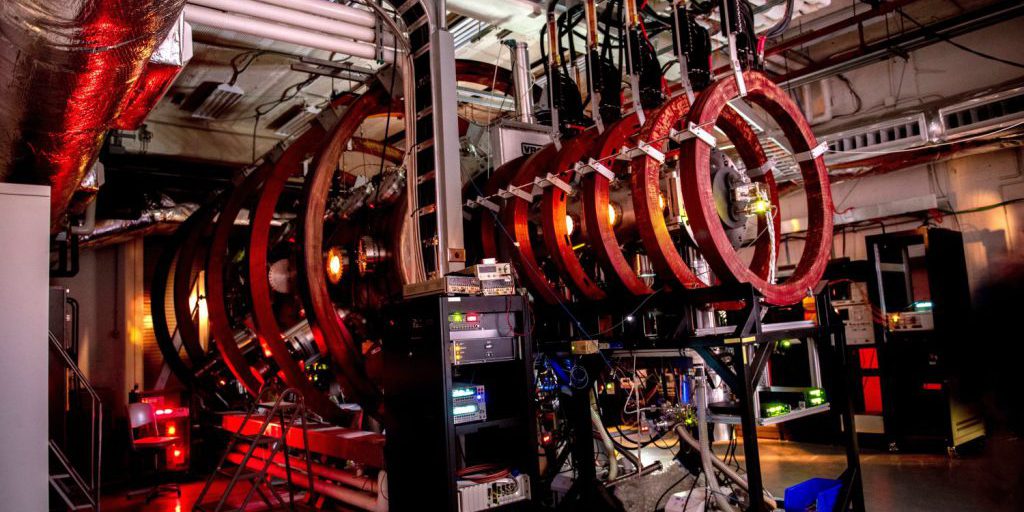DENVER – Debris from decades of space missions remains in orbit around Earth, threatening thousands of satellites that provide critical infrastructure to our society. Orbital debris comes from fragmentation of worn-down spacecraft, unintentional collisions, tests of anti-satellite weaponry, and other more typical operations in space. With the ever-growing human presence in space, the hazard from orbital debris will only increase if left unchecked.
The kinetic energy released in a head-on impact of a 50-gram (1.8-ounce) piece of debris with a satellite at a relative speed of 15 kilometers per second (9.3 miles per second) is equivalent to the explosion produced by one kilogram of TNT. This means that even a tiny errant object can disable a spacecraft. Currently, engineers use radar and optical observations to directly track more than a million pieces of debris larger than a few centimeters. However, there are tens of millions of debris smaller than this, which are untracked objects lurking in Earth’s orbit. Researchers from the Naval Research Laboratory (NRL) and the Institute for Plasma Research (IPR, India) are developing a novel way to detect these objects using the nonlinear interactions of debris with the background space plasma when moving at orbital speeds.


